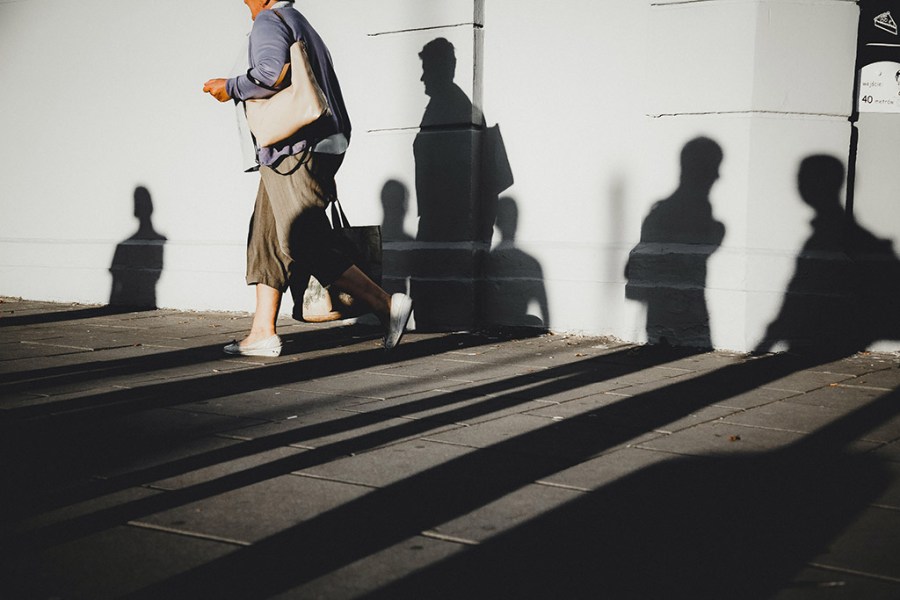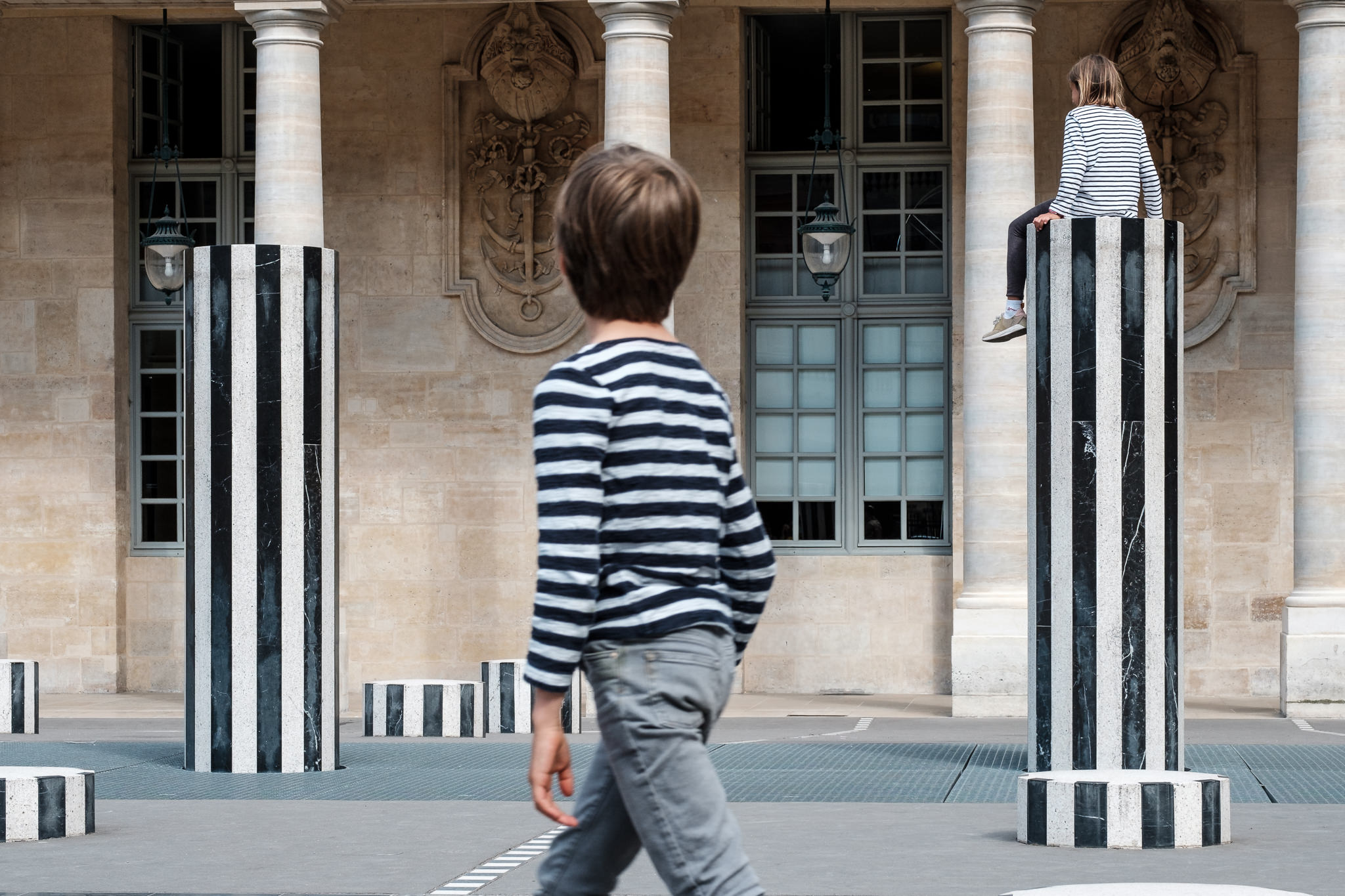Indicators on Street Photographers You Need To Know
Indicators on Street Photographers You Need To Know
Blog Article
The Best Guide To Street Photographers
Table of ContentsThe smart Trick of Street Photographers That Nobody is Talking AboutThe Single Strategy To Use For Street PhotographersSome Known Incorrect Statements About Street Photographers Some Known Questions About Street Photographers.Some Of Street Photographers
Street digital photographers do not necessarily have a social function in mind, yet they like to isolate and catch minutes which could otherwise go unnoticed.Though he was affected by several of those who affected the road professional photographers of the 1950s and '60s, he was not primarily thinking about capturing the spirit of the road. The impulse to visually record individuals in public began with 19th-century painters such as Edgar Degas, douard Manet, and Henri de Toulouse-Lautrec, who worked side by side with professional photographers trying to catch the significance of metropolitan life.
As a result of the somewhat primitive innovation readily available to him and the lengthy exposure time called for, he battled to record the hustle and bustle of the Paris streets. He trying out a series of photo techniques, attempting to find one that would certainly enable him to capture movement without a blur, and he found some success with the calotype, patented in 1841 by William Henry Fox Talbot. As opposed to Atget, digital photographer Charles Marville was hired by the city of Paris to create an encyclopaedic paper of Haussmann's urban planning task as it unfolded, therefore old and new Paris. While the photographers' subject was basically the exact same, the results were noticeably various, demonstrating the effect of the professional photographer's bent on the character of the images he created.
What Does Street Photographers Do?
Provided the fine high quality of his pictures and the breadth of product, designers and musicians commonly bought Atget's prints to make use of as referral for their own job, though commercial rate of interests were rarely his main inspiration. Rather, he was driven to picture every last remnant of the Paris he liked.

Unlike his peers, Brassa used a larger-format Voigtlnder electronic camera with a longer direct exposure time, compeling him to be extra calculated and thoughtful in his technique than he might have been if using a Leica. (It is believed that he might not have been able to afford a Leica during that time, yet he did, nevertheless, utilize one in the late 1950s to take colour pictures.) Brassa's pictures of the Paris underworld lit up by artificial light were a revelation, and the compilation of the series that he released, (1933 ), was a major success.

Street Photographers - An Overview
It is since of this fundamental understanding of the art of picture taking that he is usually attributed with discovering the tool throughout once more about a century considering that its creation. He took pictures for more than a half century and affected generations of professional photographers to trust their eye and intuition in the minute.
These are the concerns I shall attempt to address: And after that I'll leave you with my own interpretation of street digital photography. Yes, we do. Allow's begin with defining what an interpretation is: According to it is: "The act of defining, or of making something definite, distinct, or clear".
No, absolutely not. The term is both restricting and deceiving. Appears like a street digital photography must be photos of a streets best?! And all street professional photographers, besides a handful of absolute beginners, will completely appreciate that a road is not the key component to road digital photography, and actually if it's a photo of a road with possibly a couple of uninteresting people doing nothing of passion, that's not street digital photography that's a picture of a road.
4 Easy Facts About Street Photographers Described
He makes a legitimate point do not you assume? While I concur with him I'm not sure "honest public digital photography" will certainly catch on (although I do kind of like the term "candid photography") due to the view it fact that "road digital photography" has actually been around for a long time, with several masters' names connected to it, so I think the term is right here to remain. Street Photographers.
You can fire at the beach, at a celebration, in a street, in a park, in a piazza, in a coffee shop, at a museum or art gallery, in a metro station, at an event, on a bridge, under a bridge ...
Some Of Street Photographers
Yes, I'm afraid we terrified no choice! Without rules we can not have a definition, and without a meaning we don't have a genre, and without a category we do not have anything to define what we do, and so we are stuck in a "policies interpretation genre" loophole! - Street Photographers

Report this page